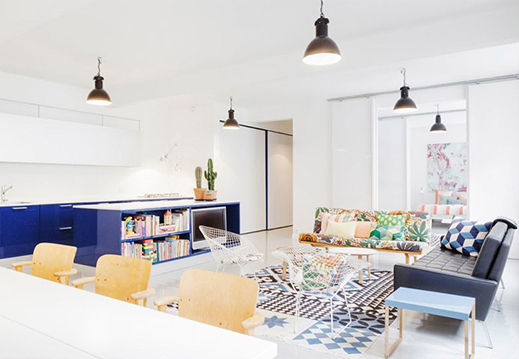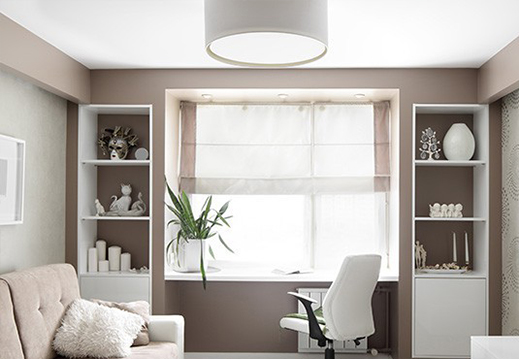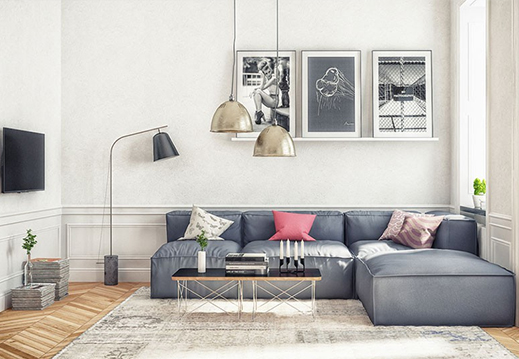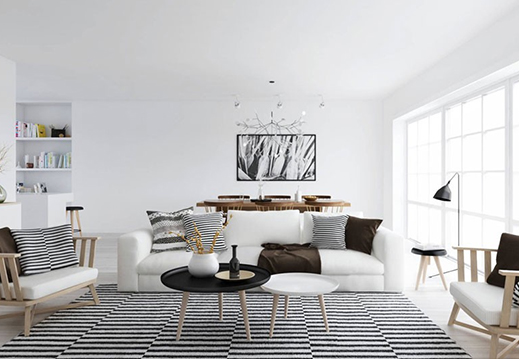By Material:
If selecting all wood, don't be afraid to use a blend of different woods and wood finishes. Oak, teak, mango, ash and other types vary in pattern, hue and style. Combining them creates a natural organic mix and match, and the differing tones and grains show character while adding visual texture. Just make sure you're paying attention to the wood's undertones. Blending only works if you're sticking to all warm tones or cool tones. Woods also work in conjunction with each other; a nice contrast of wood tones will help a large piece of furniture make extra impact in the room.
The same goes for mixing and matching metals. Don't feel restricted to choosing all one type of hardware. Metals can happily cohabit, with gold, brass, bronze, silver and copper working in tandem to create maximum impact—and unlike wood, blending warm and cool tones provides a bigger statement.At the same time, don't feel limited to purchasing accent tables made of the same material. Try a blend of woods and metals, such as a wooden end table with an antique bronze coffee table. Wood will add warmth to the metal pieces, while metal tables provide an industrial, modern balance to rustic wood.

For a singular look, consider pairing your tables with custom furniture such as living room chairs. With your choice of wood, upholstery and design details, you can perfectly coordinate your pieces. With the right combination, this unique approach to living room accent tables can have stylish results.
How do you mix and match accent tables? Share your ideas with us by using the hashtag #CrateStyle.
 Small Bedroom Decorating Ideas
Small Bedroom Decorating Ideas
 How to Find the Right Sectional Sofa for Your Space
How to Find the Right Sectional Sofa for Your Space
 How to Serve Wine & Cocktails On Tap
How to Serve Wine & Cocktails On Tap
 Design and Style Bedroom Ideas
Design and Style Bedroom Ideas